With Ubisoft’s direct sequel to the young Watch Dogs IP coming in just a few days, I thought it would be a good time to highlight what original features the new entry promises to bring.
Though I can’t confirm that any of these 5 mentions will actually improve Watch Dogs 2 a great deal from the original Watch Dogs, what I’ve seen from the gameplay and trailers surely point toward some truly robust changes. Let’s take a look.
1. Hacking: Now with more than a single press
The very core of the Watch Dogs series’ gameplay comes from the interactions the protagonists have with the ctOS that pervades their world. Watch Dogs delivered an original mechanic in that players could use Aiden’s cell phone to hack surveillance devices, profile the citizens of Chicago, hack simple devices, and move certain environmental objects or barriers.
Unfortunately, the hacking was often relegated to nothing more than a single button press. The complexity wasn’t there when it came to breaching security — and even when the devices were hacked into, the result would be nothing more than switching electronics on or off. Basically, hacking felt like pressing an elevator button, only this time you’d be able to do it from afar.
Watch Dogs 2 promises to have a much more involved ctOS — something terrible for the privacy of the citizens of San Francisco, but a treat for the players of the game. A more complex system that controls any connected device means a more realistic world governed by technology and information. Instead of only having access to profile select citizens, Watch Dogs 2 lets players scan everyone and even devilishly toy with them by marking them as criminals or distracting them with a prompt on their phone.
What’s even more exciting is that multiple hacks can be targeted at a single person, with each hack further changing their personal profile on the centralized operating system. And the development team has also teased a late-game ability to hack multiple groups of citizens at once, instead of just a single person at a time. Everything that is connected to the second iteration of the central operating system, ctOS 2.0, is said to be hackable, and Ubisoft promises that there is a lot.
One of the oft-touted hackables seen in trailers for the upcoming game is vehicles. Unlike the simple flip-of-a-switch sensation in Watch Dogs, Watch Dogs 2 lets players actually hack into vehicles and then take control of them. You can drive them into people or buildings, or reel it in to have Marcus score a sweet ride.
2. Story: Now with some character
Ubisoft had a lot on its hands with the original Watch Dogs. It was a new IP, it included new features in an open-world environment, it tackled immense sociopolitical and technological issues, and it was released on new hardware. With Watch Dogs 2, Ubisoft was able to spread its wings a bit more, having mastered the latest hardware generation and wrapped their creative minds around what would benefit the series. And the answer to making sure the Watch Dogs sequel is competent lies in the story.
Aiden Pierce, from the original title, was somewhat of a one-dimensional character. He was quiet, emotionless, and generally lacking purpose. In Watch Dogs 2, Marcus is labelled a criminal by the ctOS based on probability. In an attempt to prove his innocence and reveal the flaws in having a centralized system controlled by money-driven corporations, he seeks to bring down Blume’s ctOS 2.0 with the help of his hacktivist team at DedSec.
This sets the stage for a dynamic, driven story. As observed in the trailers and developer videos, Marcus is an embodiment of California. He wields the characterization of a society willing to fight for freedom, and against the singular control of private information: he’s young, intelligent, and rebellious. But most of all, he fights a common cause.
The original Watch Dogs made Aiden feel like a lone wolf—in fact he was labelled “The Vigilante” in the game. Marcus Hollowoy actually works within DedSec, he doesn’t just have dealings with them. This conscription to a community, along with the gameplay mechanic to collect followers, makes the upcoming Watch Dogs appear as much more of a communal uprising rather than a narrative driven by an outcast hero.
3. Co-op: Now with hacking amongst friends
Because of the common-cause motivations present in Watch Dogs 2, it makes sense that the new game would include co-operative modes. Though the original game did come with multiplayer modes, they were more along the lines of competitive experiences.
In Watch Dogs you could invade the world of another player, race against friends, or venture around Chicago with others. In Watch Dogs 2, however, players can expect a seamless co-op experience with the opportunity to complete entire co-op missions with other players hacking away in San Francisco.
But that doesn’t mean that PvP scenarios don’t also make a return. Watch Dogs 2 introduces a fresh new mode called Bounty Hunter. In Bounty Hunter, a particularly troublesome hacker is marked as the hunted and 1-3 players can choose to fight alongside San Francisco police to take the lone player down. If they are successful, they earn the bounty assigned to the hunted. Otherwise, the player being hunted takes down the hunters or escapes from the chase until the bounty expires.
4. San Francisco: Now alive and massive
An open-world game wouldn’t be much without a vibrant, living world to explore. The first Watch Dogs introduced a recreation of Chicago that ultimately led to a rather bland, stiff cityscape.
Watch Dogs 2 takes place in the center of technological progression: San Francisco, California. The game will open 6 environments native to the city of San Francisco: the downtown area, Civic, Coast, Oakland, Marin, and Silicon Valley. Ubisoft developers claim the new map to be two times as big as Chicago from the original entry.
But a big map is nothing without character and organic, city-like goings on. Ubisoft says that they have spent dedicated hours scouring the western city for details about the locations and how they differ from one another. The result of this research is set to be a lively open world that includes far more variety in each area than provided by the recreated Chicago.
Part of this more realized world comes from a new philosophy of design implemented by the French-Canadian team. While Watch Dogs employed a player-centric approach—as evidenced by the lone-wolf attitude of Aiden—Watch Dogs 2 does away with centering the world around you. Instead, if you decide to have Marcus just stand around, the world will continue moving along with all its characteristic quirks. That means fights will break out, dogs will bark at people, criminals will get arrested, and other San Franciscan events native to the area will occur.
5. Parkour: Now a techno assassin
Aiden could hack with ease, but when it came to climbing walls, he was definitely no Ezio. Make no mistake, Watch Dogs 2 isn’t about interacting with the world by using elaborate stunts, but Ubisoft promises Marcus can chain moves together to vault over walls, cross gaps between city structures, and climb buildings.
It all looks to be a lot more fluid and expressive than what Watch Dogs offered with Aiden Pierce. Based on this agile feel to the sequel, Marcus is also equipped with some snappy weaponry. His base weapon is the Thunder Ball — a billiard ball attached to a bungee cord which makes for some brisk fighting sequences.
But, if you’d prefer to play Marcus guns blazing, you’ll want some better hardware. 3D-printed guns in Watch Dogs 2 is your answer, and this time guns can be used while driving around the open world.
Other physically violent weaponry includes the likes of explosives and tasers, but hacking is your main weapon if you’d rather play Marcus stealthily. Marcus can use his hacking abilities provided by his remote-controlled car and quadcopter to scout locations and interact with several more electronics than you could in Watch Dogs. Hopefully this will lead to more complex interactions with the ctOS and those being surveilled in the technological capital of the world.
These additions to the gameplay, story, world, and characteristics in Watch Dogs 2 should certainly make things more interesting than its father game. In just a few days we’ll have our answer of whether the sequel delivers a surge of vigor to the young series like Assassin’s Creed 2 did for the Assassin’s Creed franchise, or if it buries the new IP along with some of the other struggling original efforts made this generation.
What are your thoughts on the game, its new features, and the series as a whole? Let me know in the comments!

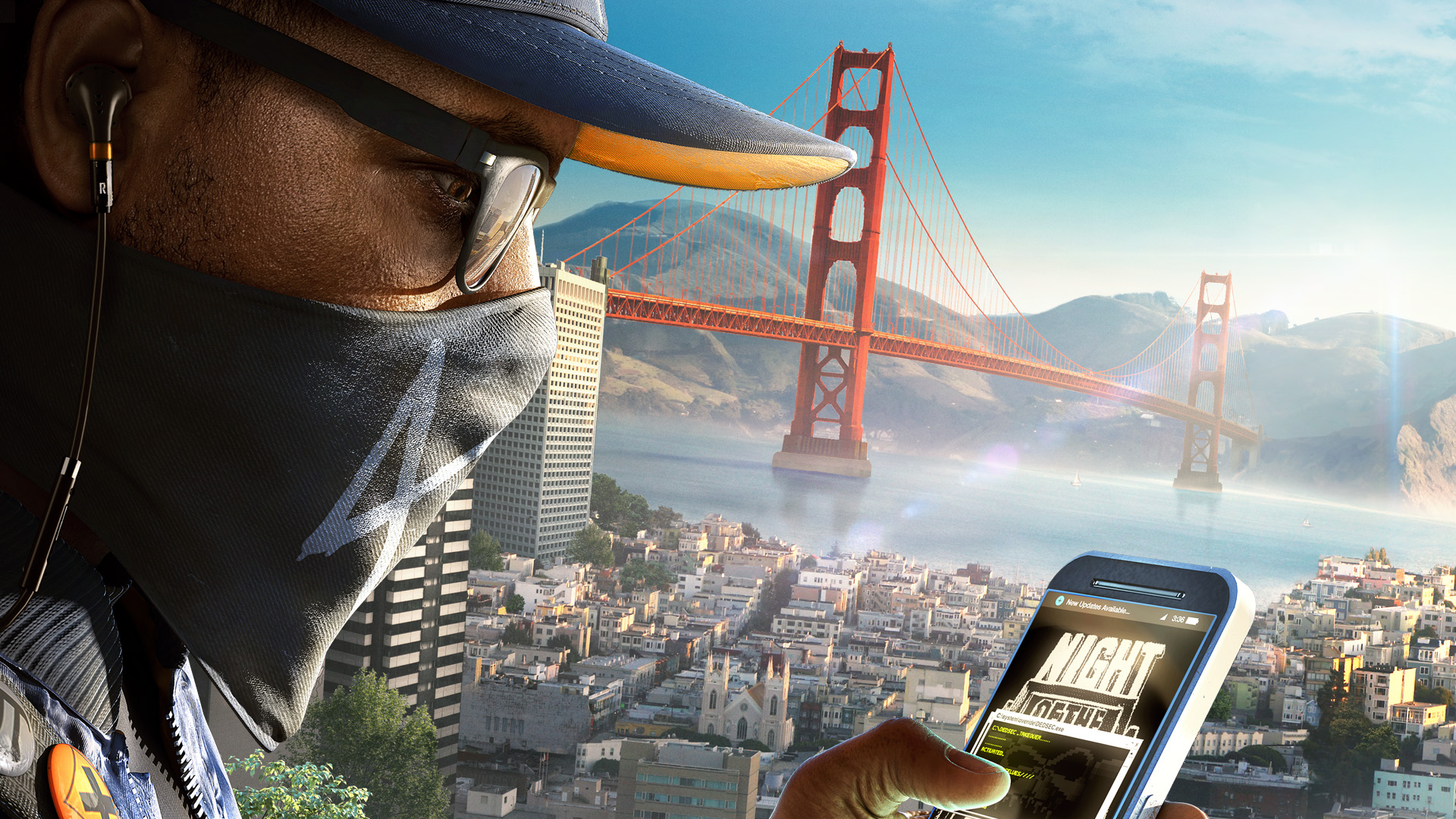
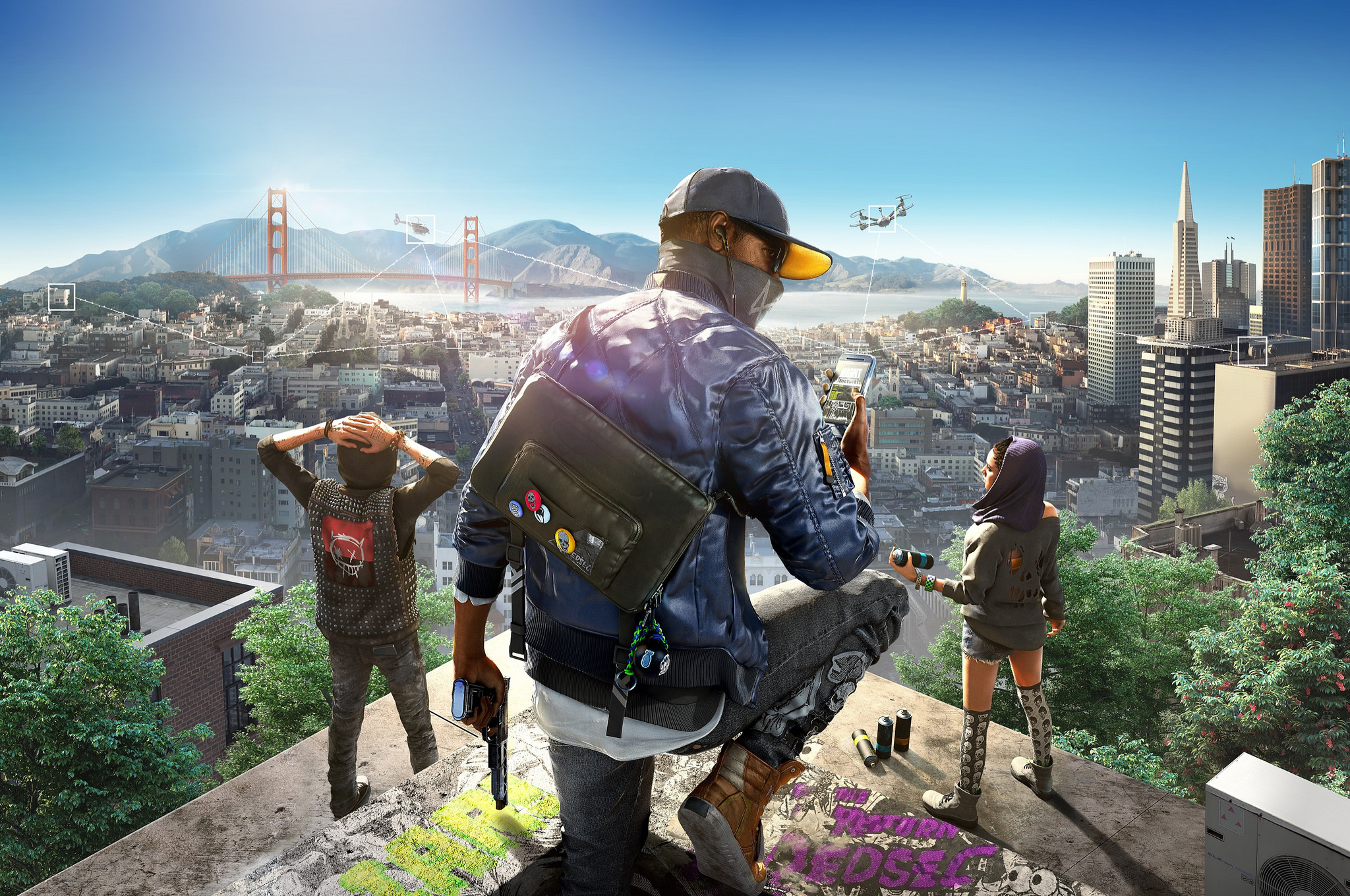
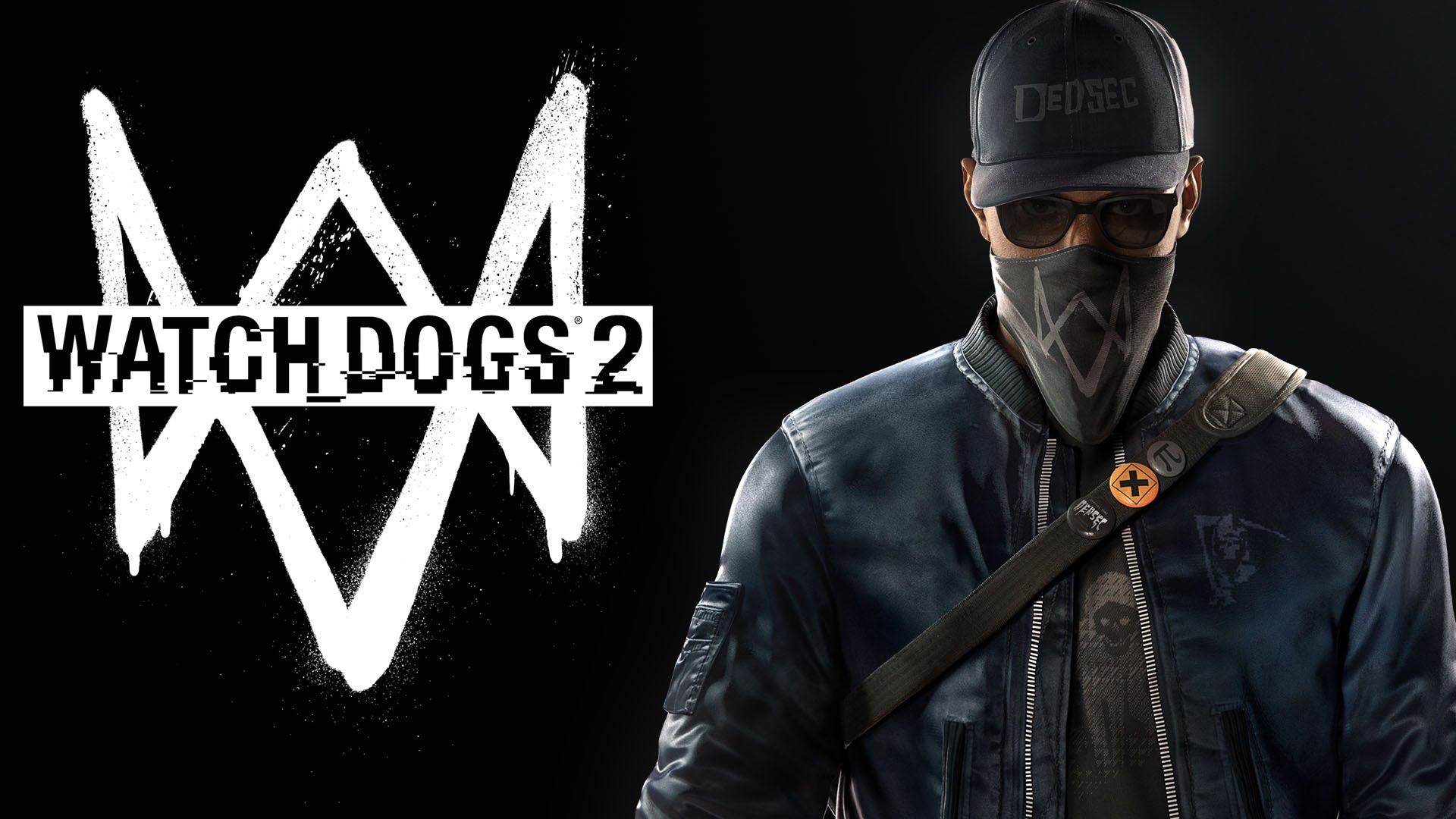
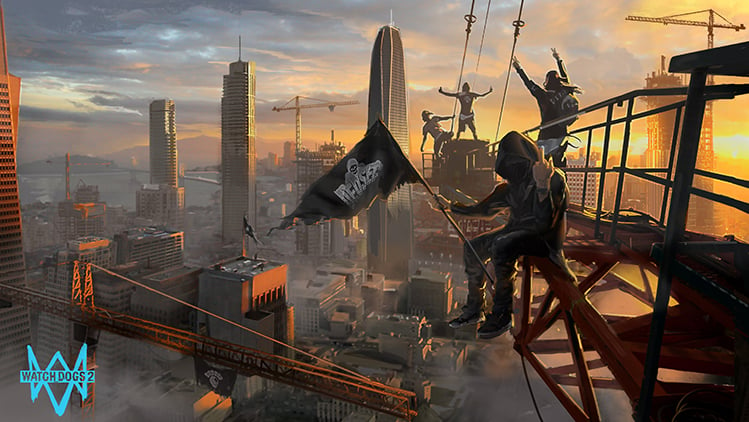
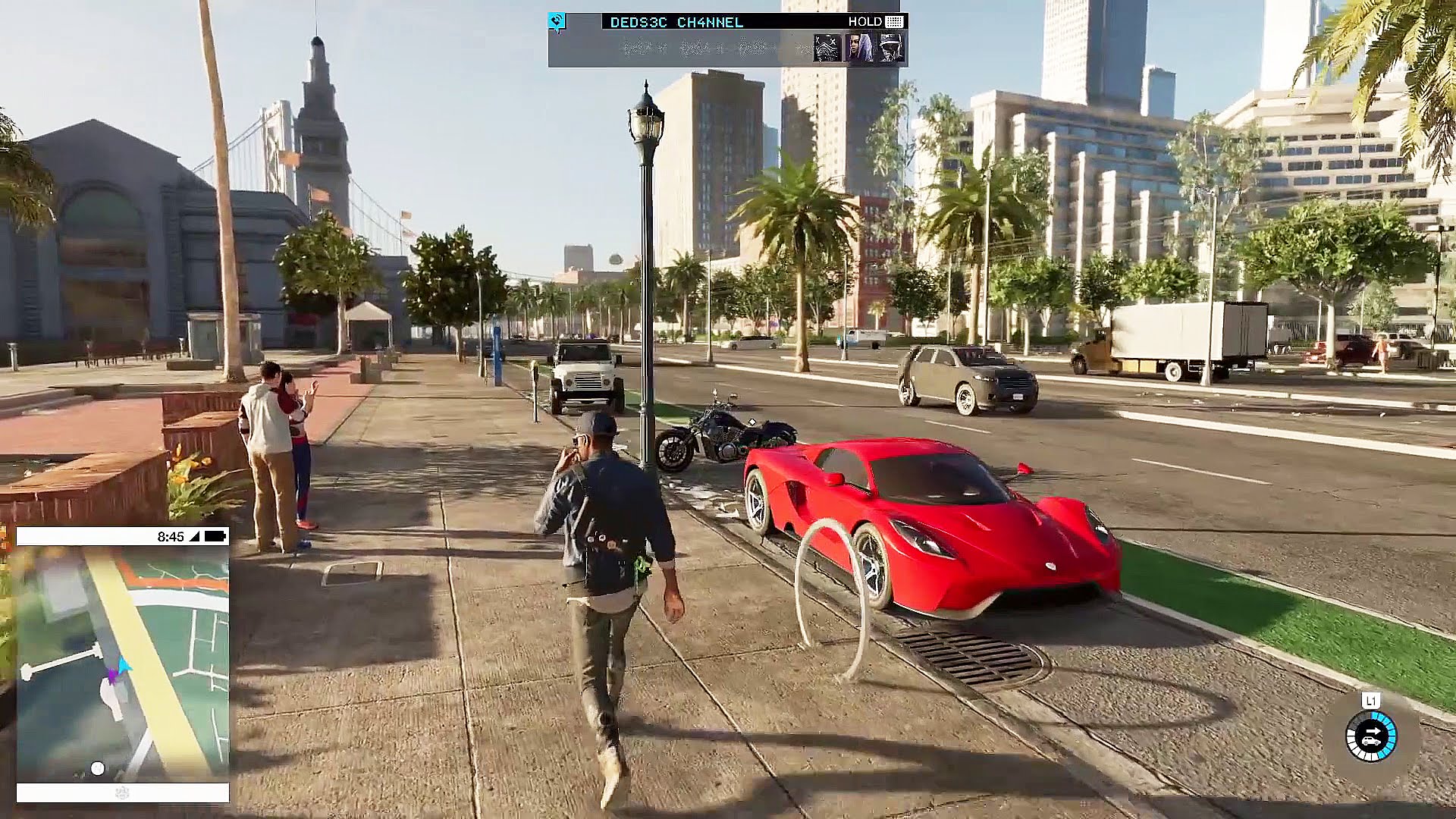
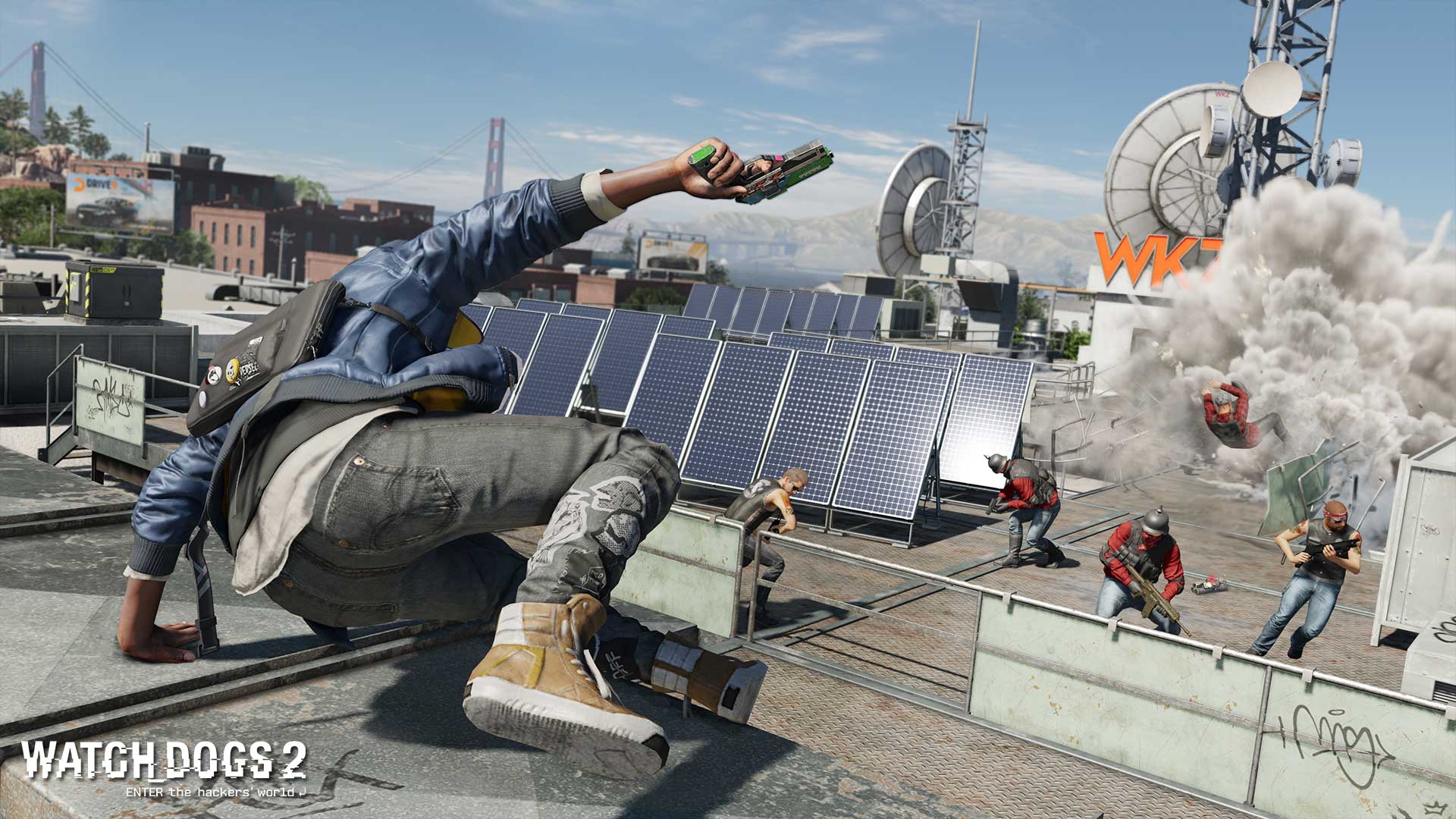


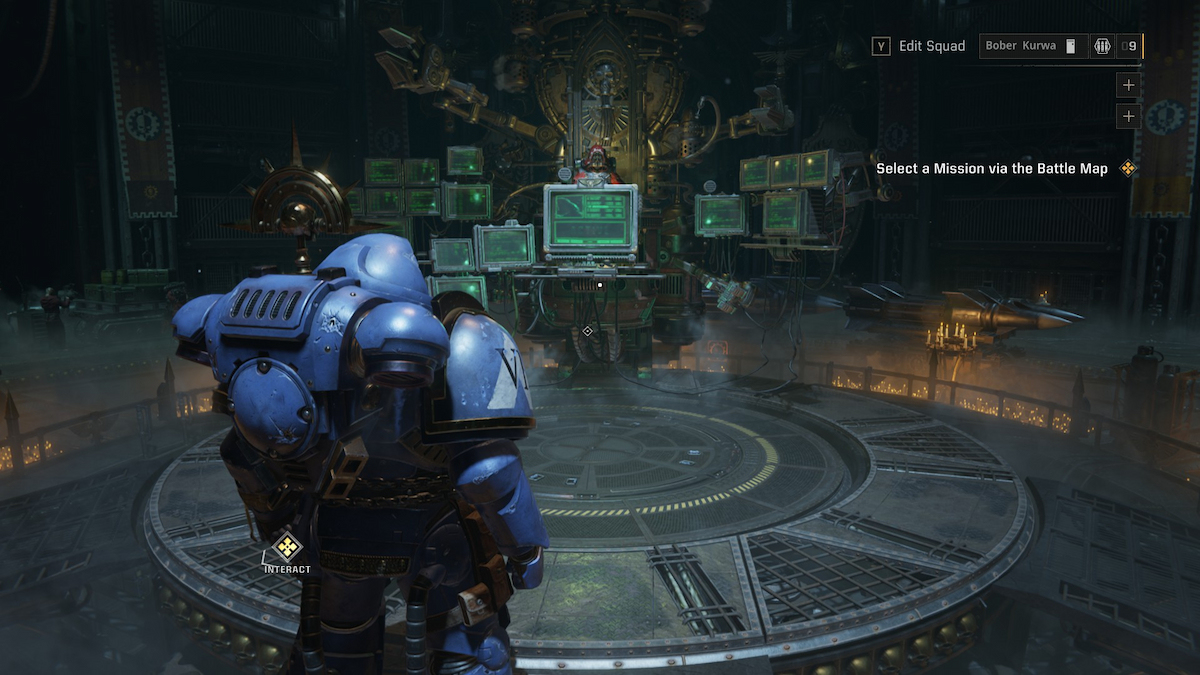
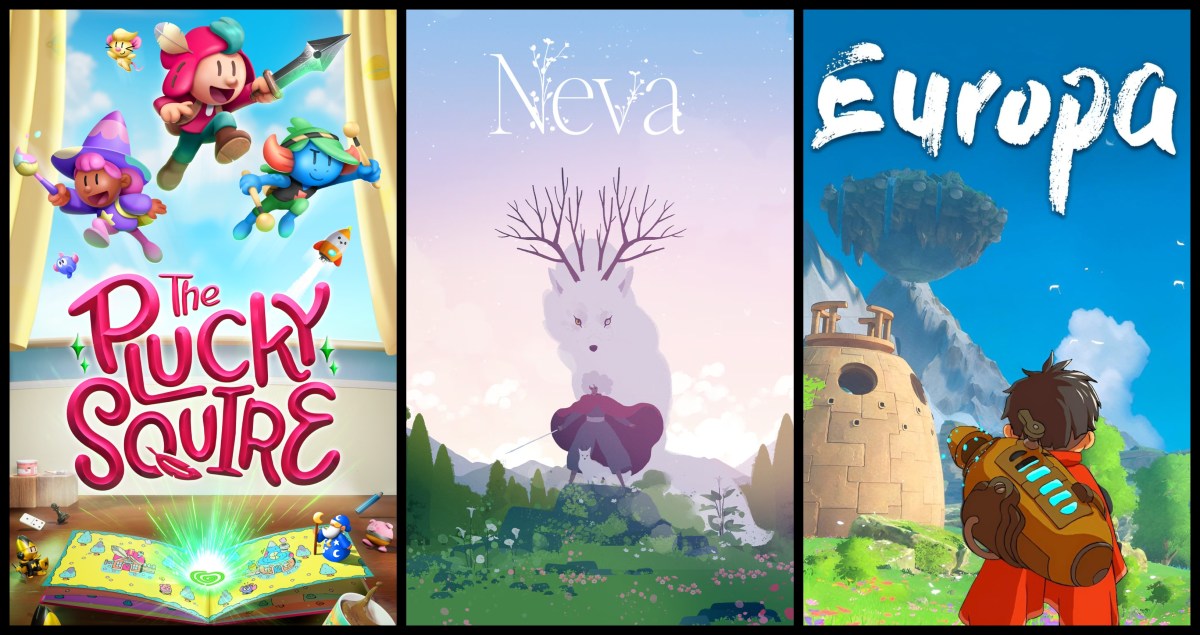
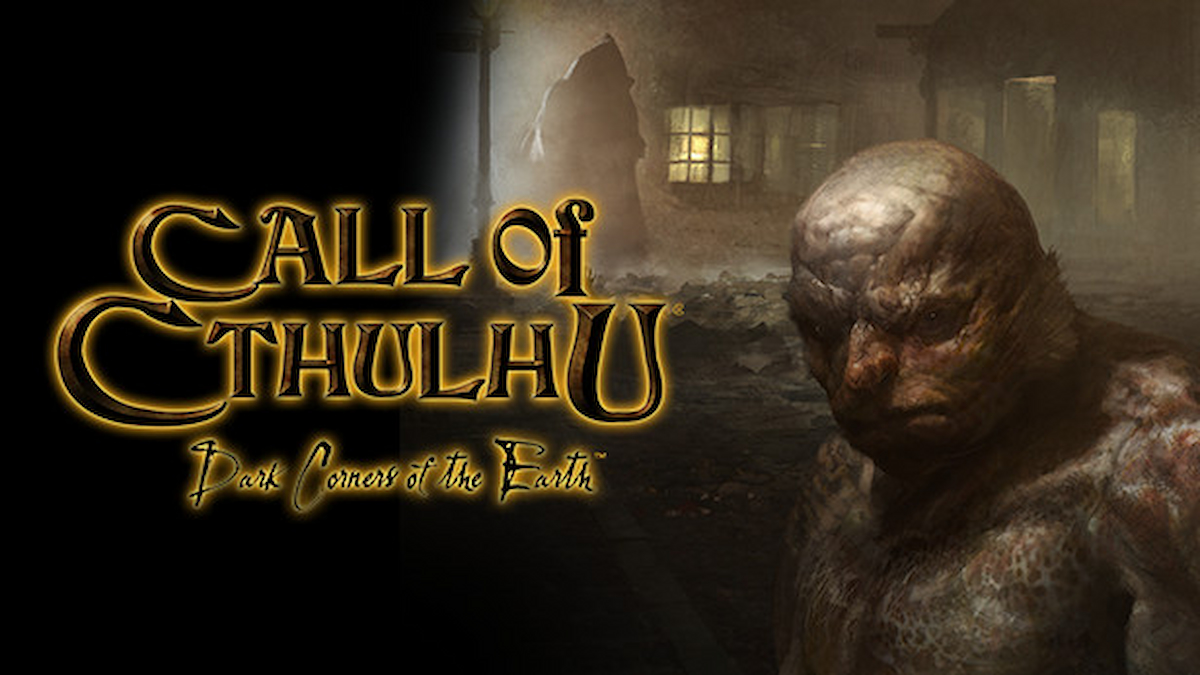
Published: Nov 10, 2016 09:42 am